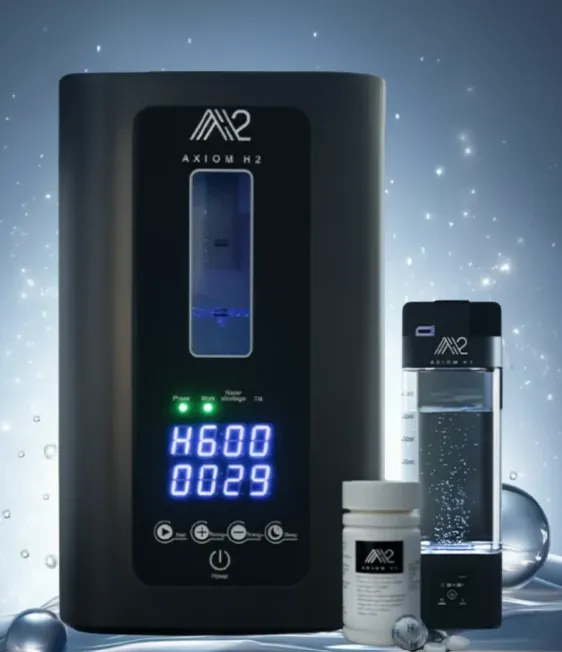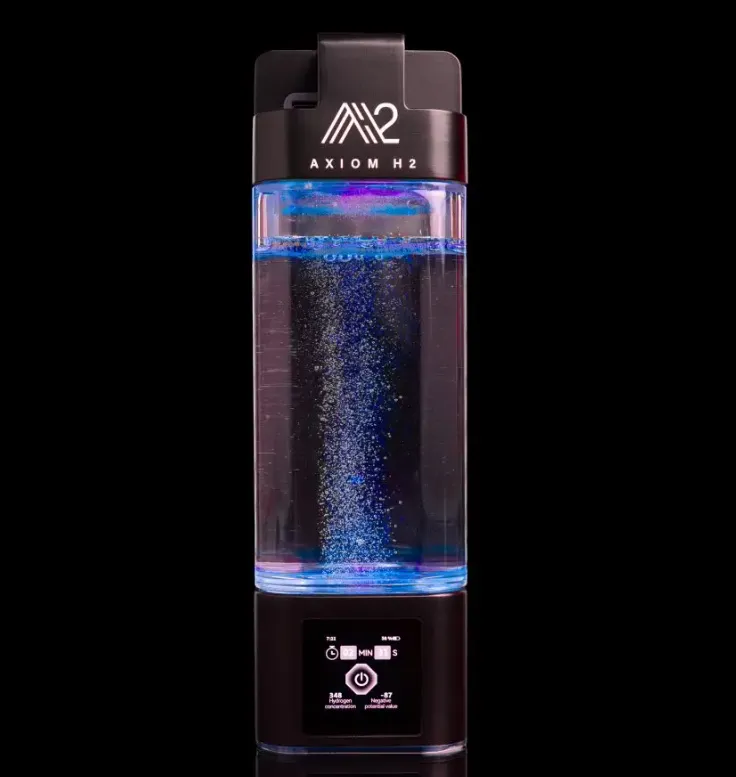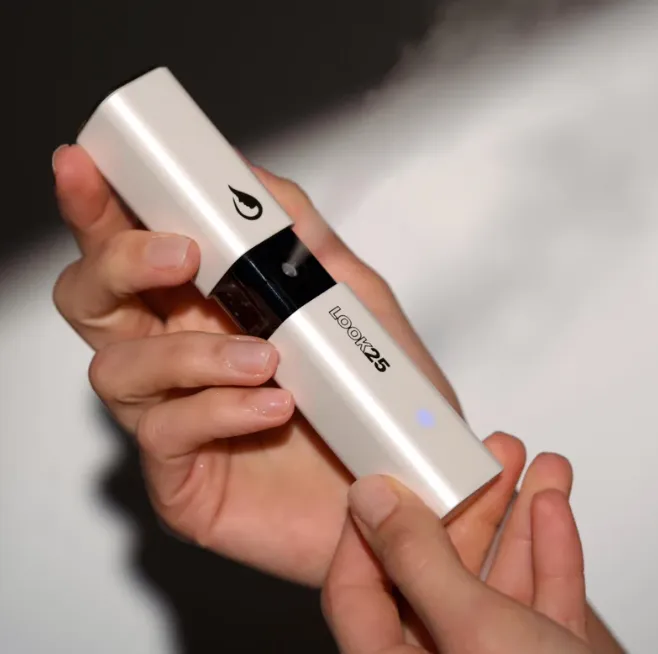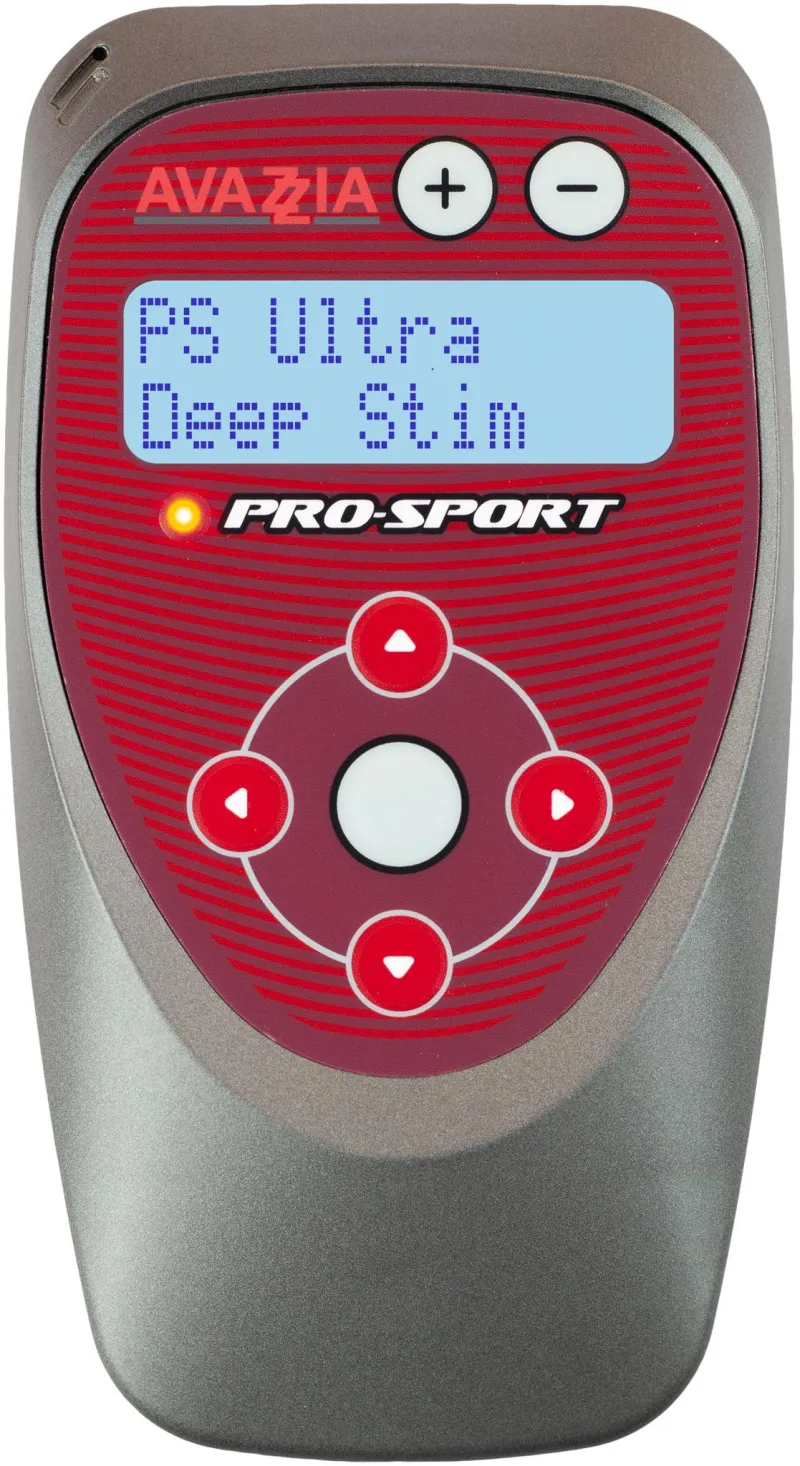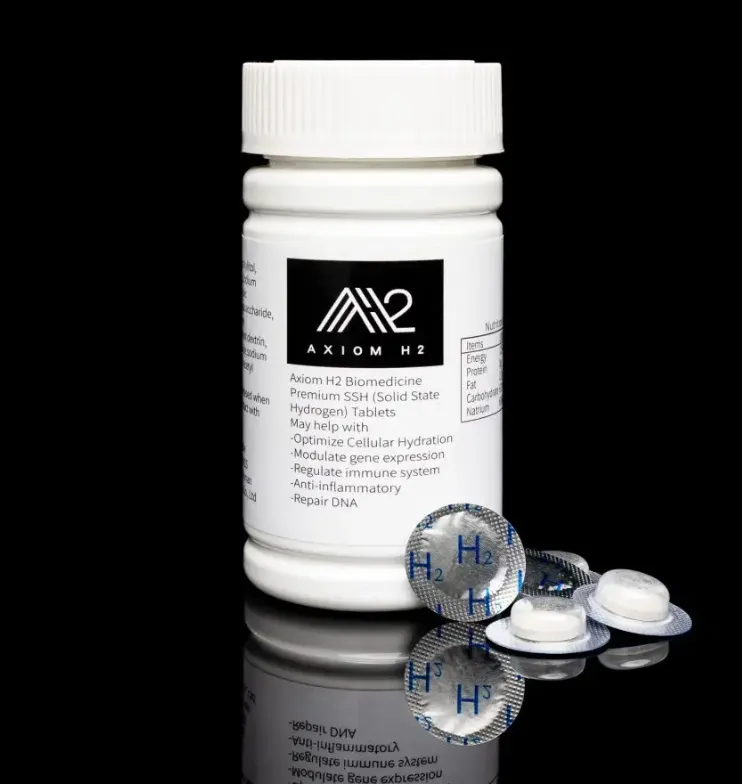Give The Gift of Wellness
This Holiday Season...
Holiday Wellness Specials
from First Alternatives
Stack Our Holiday Codes To Unlock Even More Savings
Whether enhancing your own well-being or gifting support to loved ones, First Alternatives delivers innovative, risk-free technology to empower your wellness journey.
This holiday season, elevate your savings with stackable discounts—the more you invest, the greater the reward. Apply HOLIDAY10 for an extra 10% off orders over $5,000, or HOLIDAY20 for 20% off orders over $10,000.
As a family-owned business, we're deeply grateful to our extended First Alternatives community. This year, through nearly 65 tradeshows and demonstrations to over 10,000 practitioners, hobbyists, and enthusiasts, our partners have positively impacted more than 100,000 patients and families. These exclusive offers are our way of supporting your loved ones' health and vitality.
With heartfelt thanks,
Brenda, Deona, Brendan & Michael

First Alternatives LLC
For Customer Support
Call 954-789-2097 or email
[email protected]
For Rep Support
Call 954-551-1920 or email
[email protected]
Hours 9 am - 5 pm EST
For Prescriptions Please Email
[email protected] first prior to faxing.
If necessary Fax 772-872-6620
Technologies
Education
Contact Us
FA 2026 Conference
Warranty
Return Policy
Subscribe to our Mailing List
© 2025-2026 First Alternatives all rights reserved

